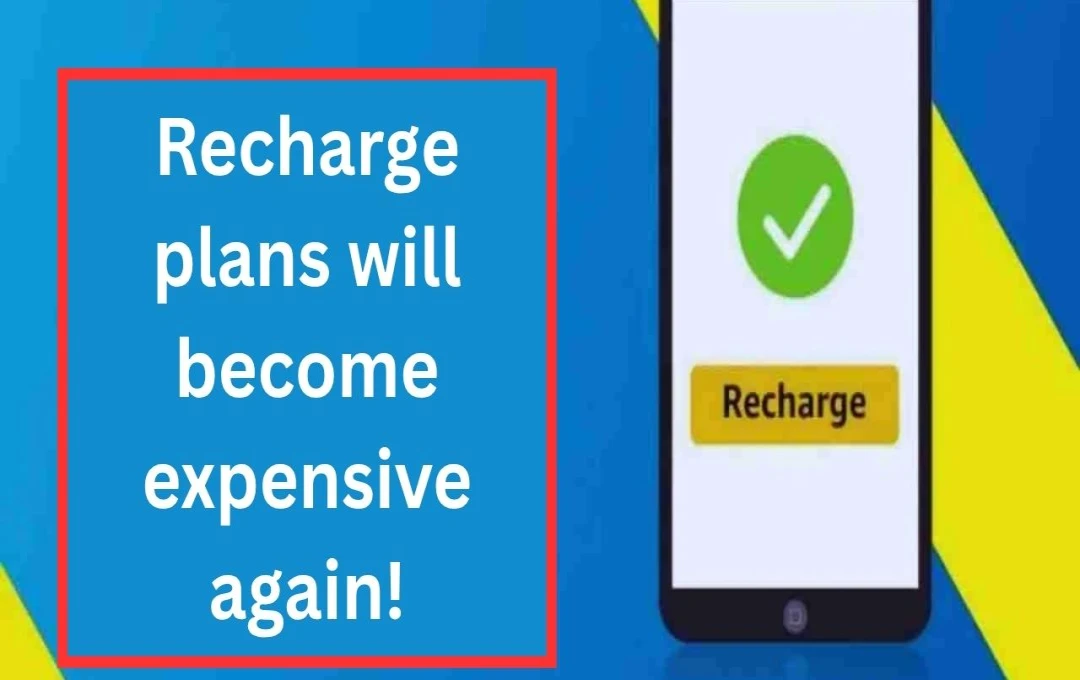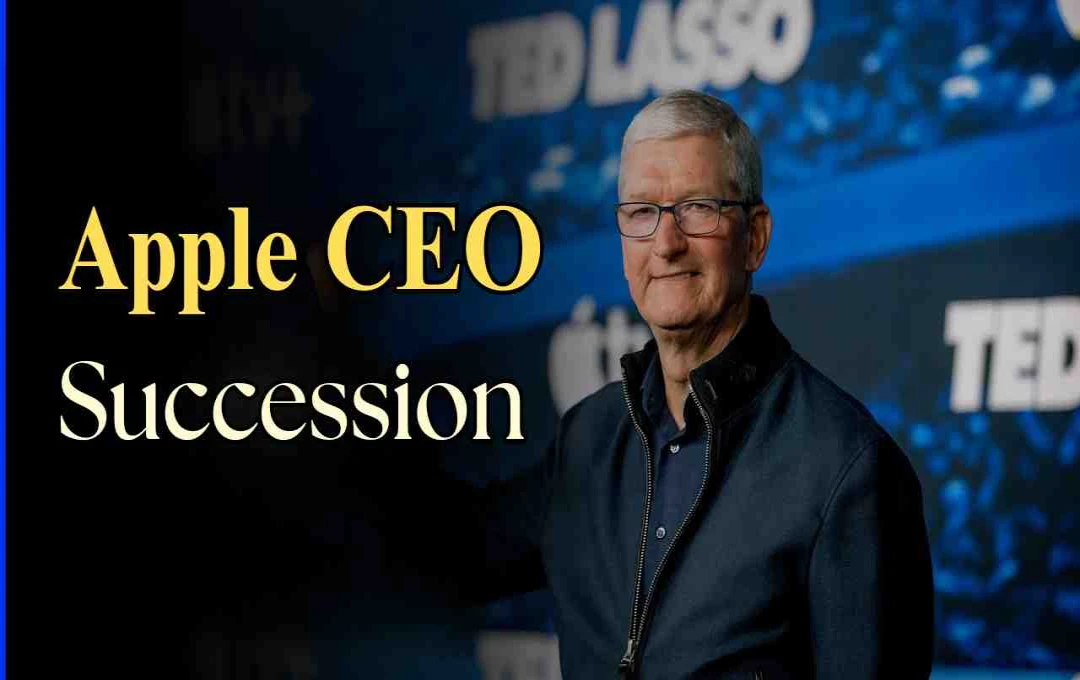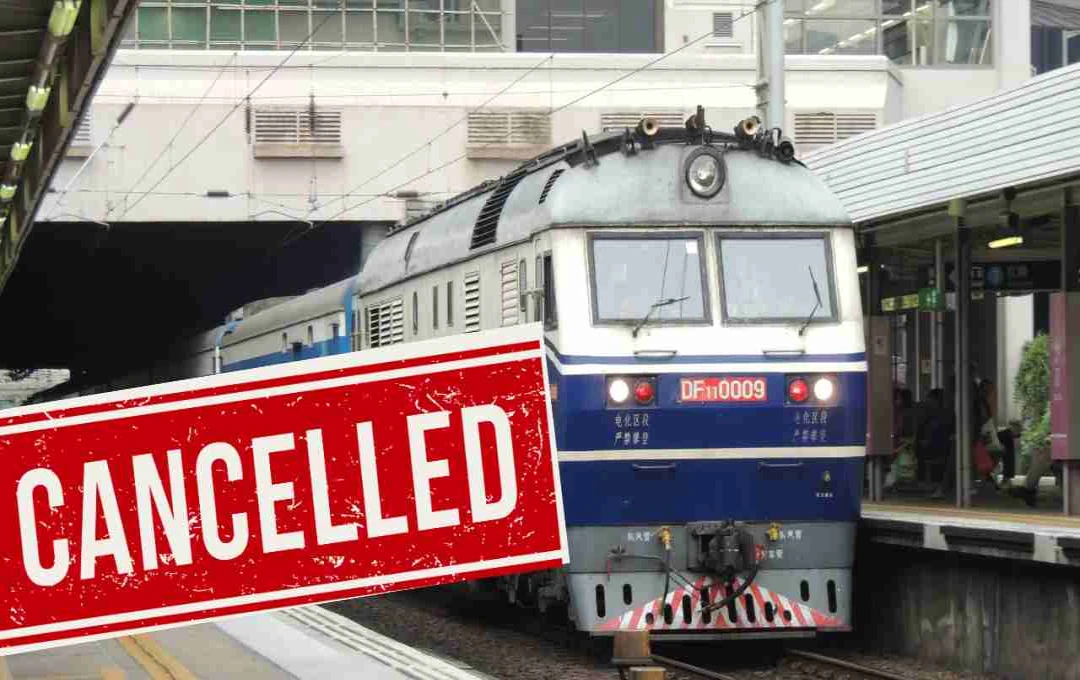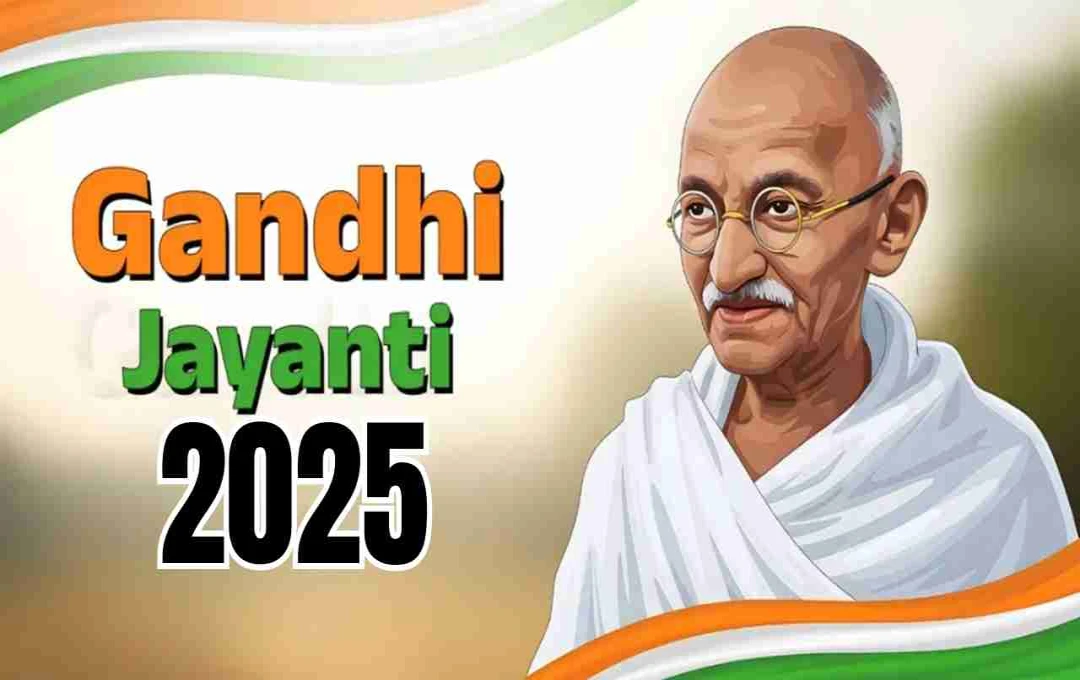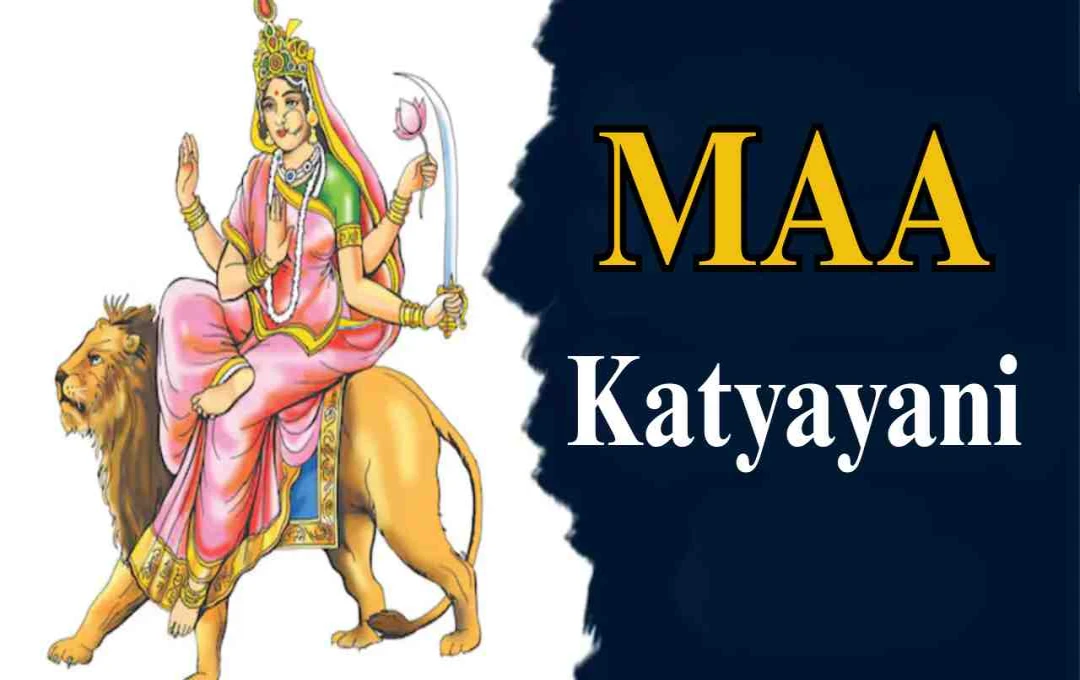Mobile recharge plans in the country may become more expensive again. According to experts, the user growth of Jio and Airtel, coupled with the decline of Vodafone Idea, has created the right opportunity to increase tariffs. Plans could see a 10-12% increase by the end of the year. Tiered pricing, based on 5G, may also be introduced.
Recharge Plans: If you manage your monthly prepaid or postpaid recharge with cheaper packs, then brace yourself. According to the latest developments in the telecom industry, Reliance Jio and Bharti Airtel may once again increase the prices of recharge plans by 10-12 percent in the second half of 2025. Analysts believe that Vodafone Idea's continuous decline in subscribers and the rapid net-addition growth of Jio-Airtel for five months have given the companies a 'perfect environment' to increase tariffs.
Jio-Airtel gain new subscribers, Vi suffers again
According to the Telecom Regulatory Authority of India (TRAI) data for May, the number of active mobile users in the country has reached 1.08 billion — the highest jump in the last 29 months. Jio alone added 5.5 million new active users, taking its market share to 53 percent, while Airtel added 1.3 million users. Meanwhile, Vi lost subscribers again. The analyst firm Jefferies says, "Leaders have only two tracks to increase revenue — either raise prices, or increase the subscriber base; and when the base is already growing, it becomes easier to raise prices."
High-speed and 5G plans to become expensive
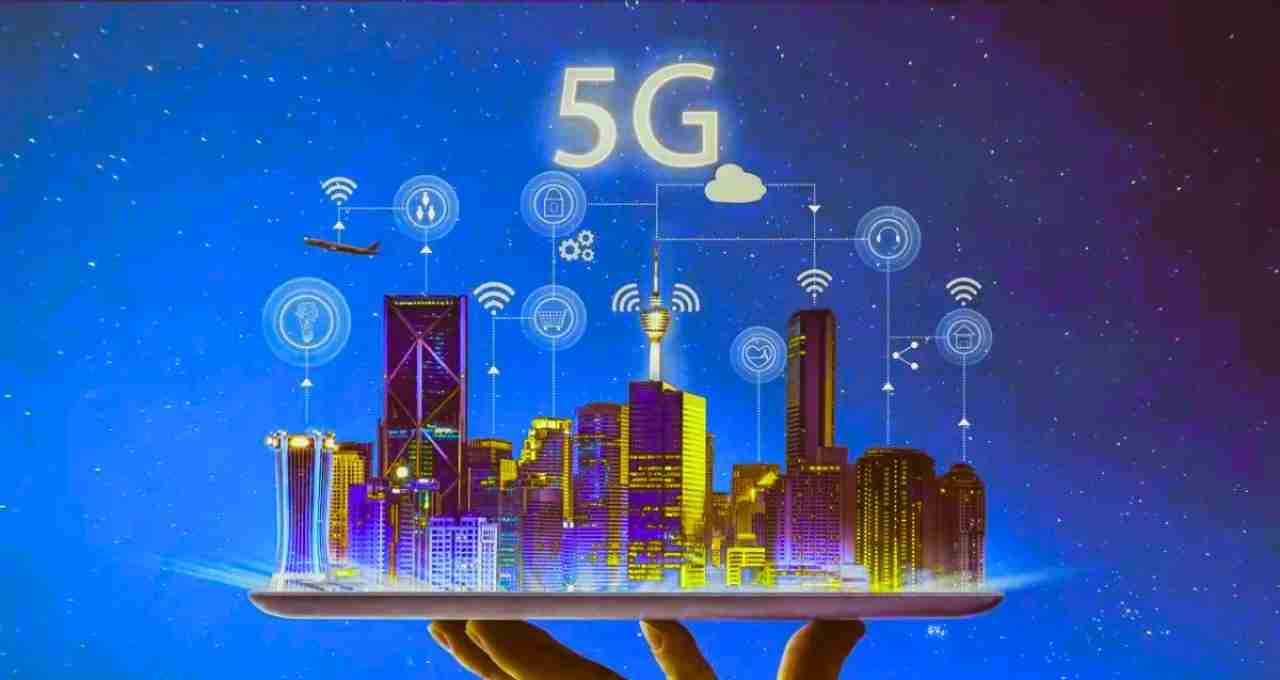
Recall that in July 2024, companies had already increased prices by 11-23 percent. At that time, most base plans went from ₹179-199 to the ₹209-239 range. Experts estimate that this time the increase will be relatively smaller, but the difference will be that "one-size-fits-all" packs will be replaced by tier-pricing:
- High-cap packs with more speed will be more expensive for data-focused users.
- Basic voice-only or low-data packs may see a slight increase.
- 5G special top-ups — at a higher rate, but with ultra-low latency and content bundles.
With this strategy, companies will earn more from mid-segment and premium customers, while the direct burden on low-ARPU (Average Revenue Per User) users will be slightly reduced.
5G roll-out costs are also a reason
Companies have invested billions of dollars in spectrum auctions, roll-out, and backhaul in 2024-25. The goal of both Jio-Airtel is to have 90 percent of urban and 60 percent of rural areas in India 5G-ready by December 2025. Given the financial pressure, reaching an ARPU of ₹220-230 is now their priority (currently Jio ~₹208, Airtel ~₹215).
Vodafone Idea's weakness becomes Jio-Airtel's strength
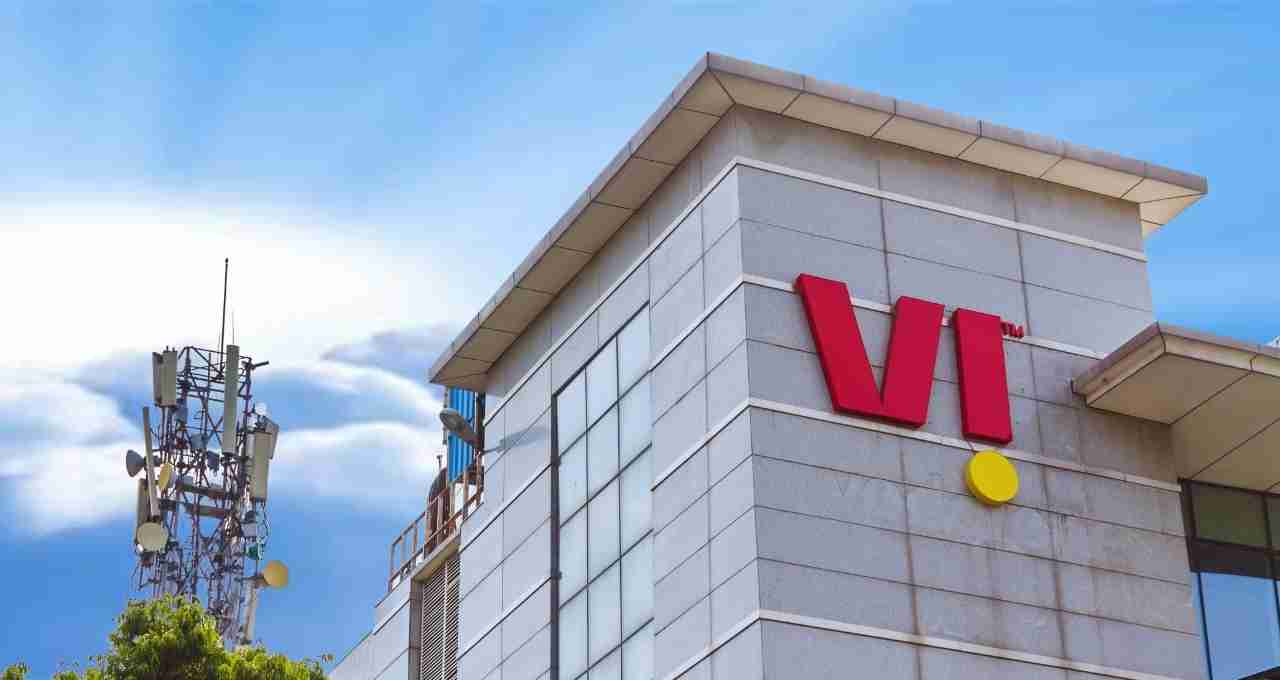
Vi's weak financial health and lagging network investment have led to a continuous decline in its monthly user base. This means that even after the tariff increase, Jio-Airtel sees less migration risk because options are limited. This is why both giants can implement price adjustments 'comfortably'.
How will it affect your pocket?
- ₹179 monthly pack increased by 10% to ~₹199
- ₹399 84-day pack increased by 12% to ~₹449
- Premium 5G Unlimited (assuming ₹799) with a 10% increase, ~₹879
Although the final picture will be clear only after the companies announce it, this range is what is being considered.
What should customers do?
- Long-term recharge: If you have the budget, get the packs for the next 6-12 months now.
- Data usage monitor: Stop background data so that the need to take high-quota plans is reduced.
- Combined packs: Choose bundle plans with OTT or content subscriptions — taking separate services can be expensive.
- E-wallet cashback: Some digital payment platforms offer cashback in the initial weeks, keep an eye on them.
The road ahead
Telecom sector experts believe that data consumption in India is still growing rapidly — according to a report, the average consumer is consuming 23 GB of data every month, which can reach 40 GB by 2027 with the spread of 5G. In such a situation, companies have to upgrade the network and recover capital. Tariff increases are a natural step in that direction, even if the consumer has to bear a little burden.
The period of "price adjustments" is returning just as quickly as mobile services have become cheaper in the last few years. Speed and data quality will increase in the 5G era, but prices are also likely to increase. In such a situation, it is wise for users to review their spending patterns, choose the required data, and consider options with longer validity — because in the coming months, the "price of data" can indeed pinch the pocket.
